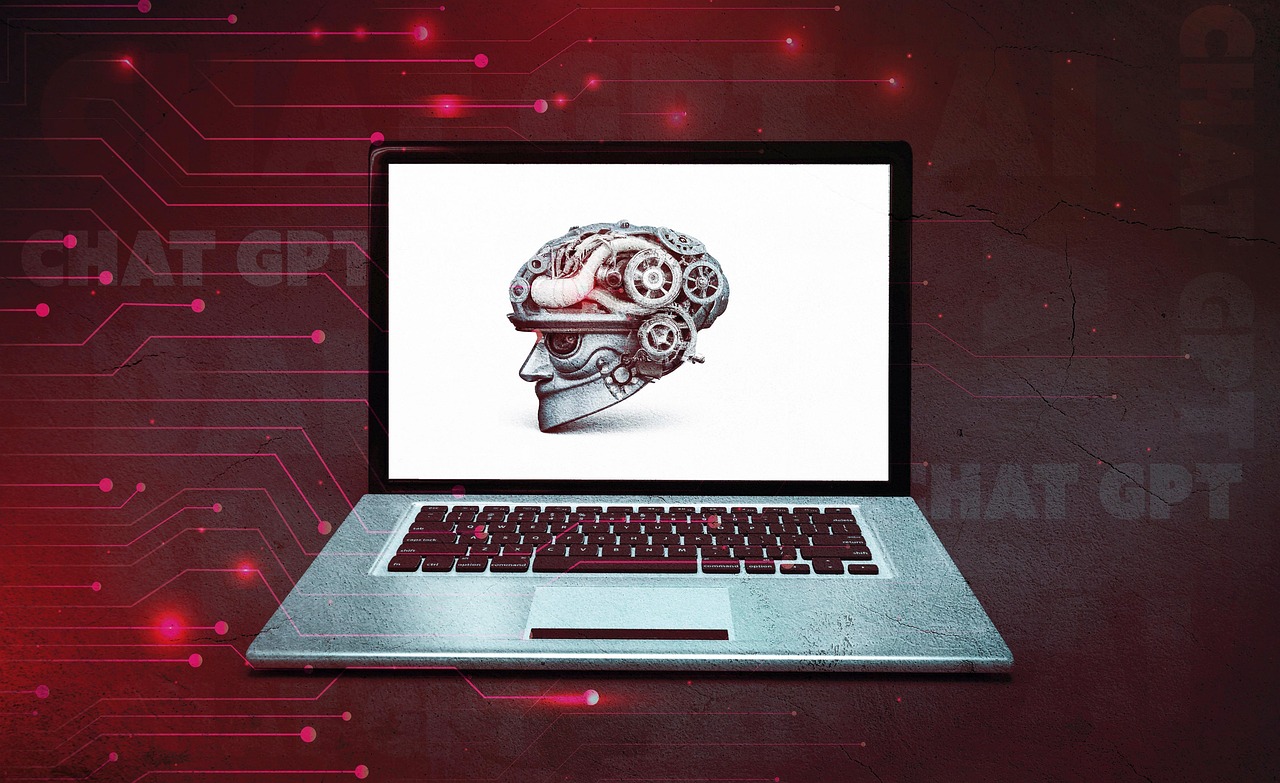
AI Automation: Unleashing Hyperproductivity, Rethinking Workforces.
AI automation is rapidly transforming the business landscape, offering unprecedented opportunities to streamline operations, boost productivity, and gain a competitive edge. From automating mundane tasks to providing sophisticated data analysis, artificial intelligence (AI) is revolutionizing how companies operate. Understanding the power and potential of AI automation is no longer a luxury but a necessity for businesses aiming to thrive in the modern era.
What is AI Automation?
Defining AI Automation
AI automation refers to the use of artificial intelligence technologies, like machine learning (ML), natural language processing (NLP), and computer vision, to automate tasks that traditionally require human intelligence. It goes beyond simple task automation by enabling systems to learn, ada...









